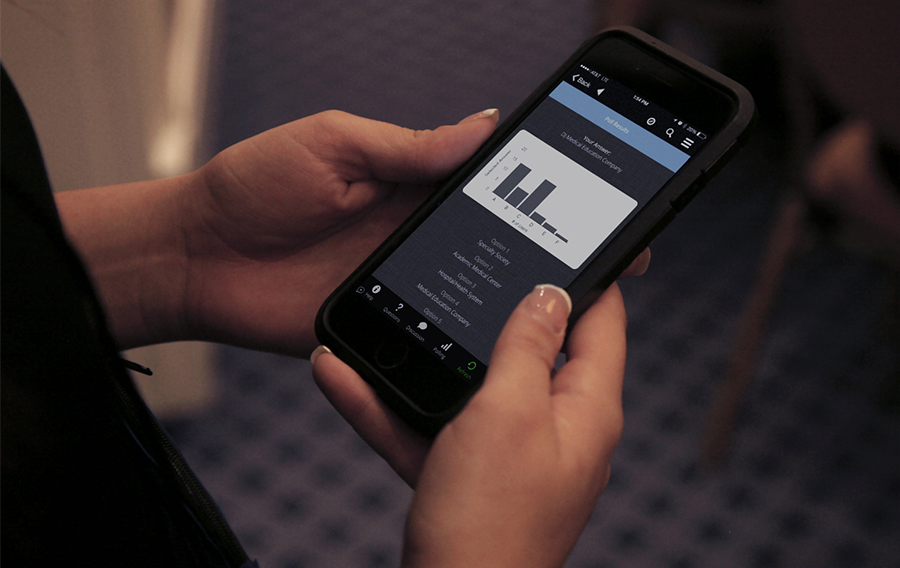Trading plans are always going to vary. Usually, traders develop their trading plans based on their own personalities and preferences. Every trader shows his own style and capability while forming a plan. Though the trading plan might significantly vary, the traders have to follow some common factors while developing the plan. Today, we are going to discuss some effective tips that will help you to create a perfect plan.
Skill Assessment
The first step of a beginner FX trader is to build confidence in his trading skills. He needs to practice via demo accounts and thereafter invest real money in the real-world market. He must realize that he can comprehend different signals clearly and precisely. Like all the other financial markets, Forex is also based on a give-and-take policy. Professionals, like sharks in the ocean, are looking for ways to swallow up the feeble ones’ money. Here, not having a plan will be akin to giving away money.
Mental Preparation
Take the day off if you are not emotionally or psychologically prepared to face the market; otherwise, you risk losing your shirt. If you’re furious, preoccupied, or otherwise distracted from the activity at hand, this is almost certain to happen.
Many traders have a market mantra. They repeat it to themselves before the day begins to prepare them for the upcoming day. Make one that will get you into the trading zone. Your workspace should also be free of distractions. And make sure you trade with a high-class broker like Saxo so that you don’t have to face any technical problems.
Risk Tolerance
What percentage of your portfolio should you put at risk in a single trade? This will be determined by your strategy and risk tolerance.
The amount of risk you take can vary, but on any given trading day, it should be between 1% and 5% of your total portfolio.
That means you get out of the market and remain out if you lose that much money at any point during the day. If things aren’t going your way, it’s better to take a rest and fight another day.
Set Goals
Set reasonable profit targets and risk/reward ratios and make sure you trade with the trend. Many traders won’t take a transaction until the possible payoff is at least three times the risk. If your stop-loss is $1 per share, for example, your profit target should be $3 per share.
Set weekly, monthly, and annual profit goals, either in dollars or as a percentage of your portfolio, and re-evaluate them on a frequent basis.
Do the Homework
For most traders, waiting until different reports important for Forex analysis are released is preferable. It helps them to assume additional risks involved with trading during turbulent report reactions.
Professional traders make decisions based on probabilities. They don’t take chances. Trading ahead of major news is always a risky proposition because it’s impossible to predict how markets will respond.
Trade Preparation
Label major and minor support/resistance levels on the charts, create alerts for entry/exit signals, and make sure all indications can easily be seen or identified with a clear visual or audible signal, whatever trading system and program you use. And if you get confused while analyzing the market data, take a small break from your trading profession.
Setting Exit Rules
Most traders make the mistake of focusing all of their efforts on finding buy signals while neglecting to consider when and where to exit. Many traders are unable to sell if they are losing money because they do not want to lose money.
You’ll never make it as a trader unless you get over it and learn to take losses. If your stop is struck, it signifies that you made a mistake. Don’t take anything too seriously.
Professional traders lose more frequently than they win. Yet, they still make a profit by managing their money and minimizing their losses.


